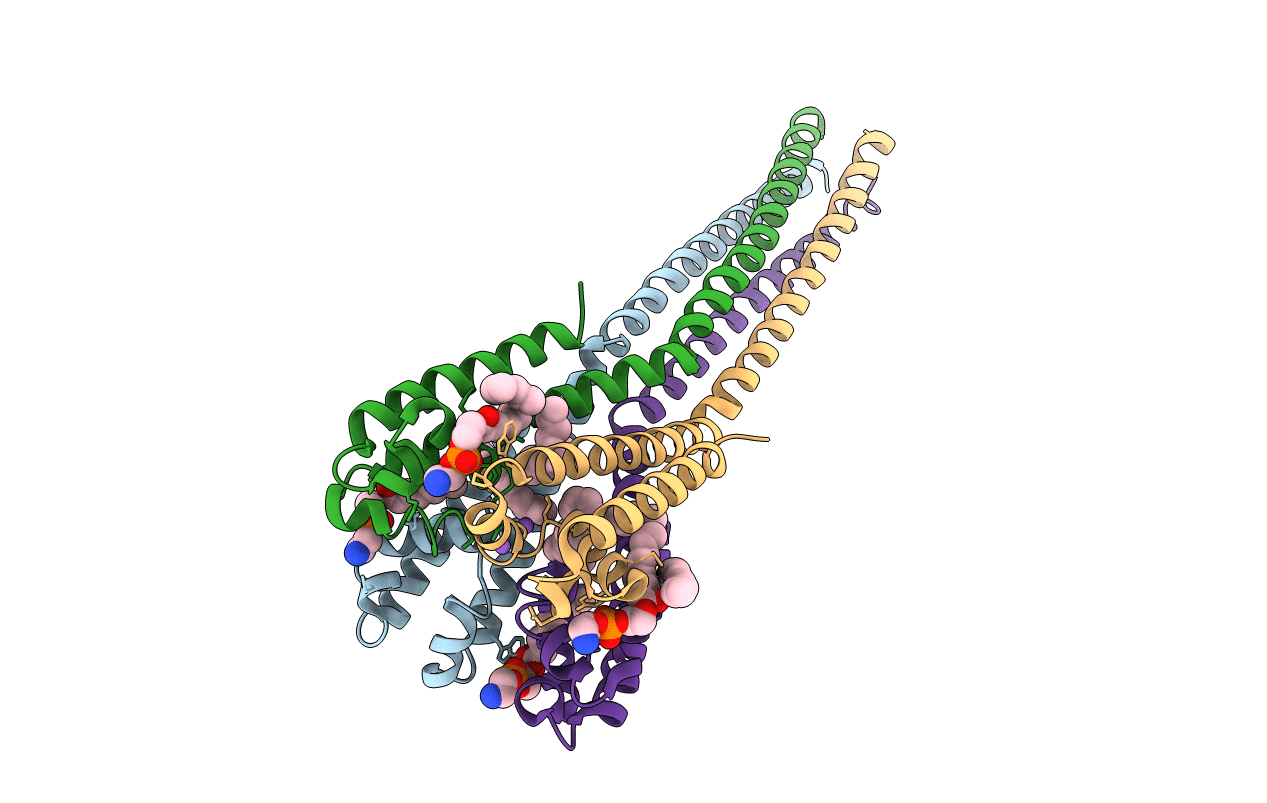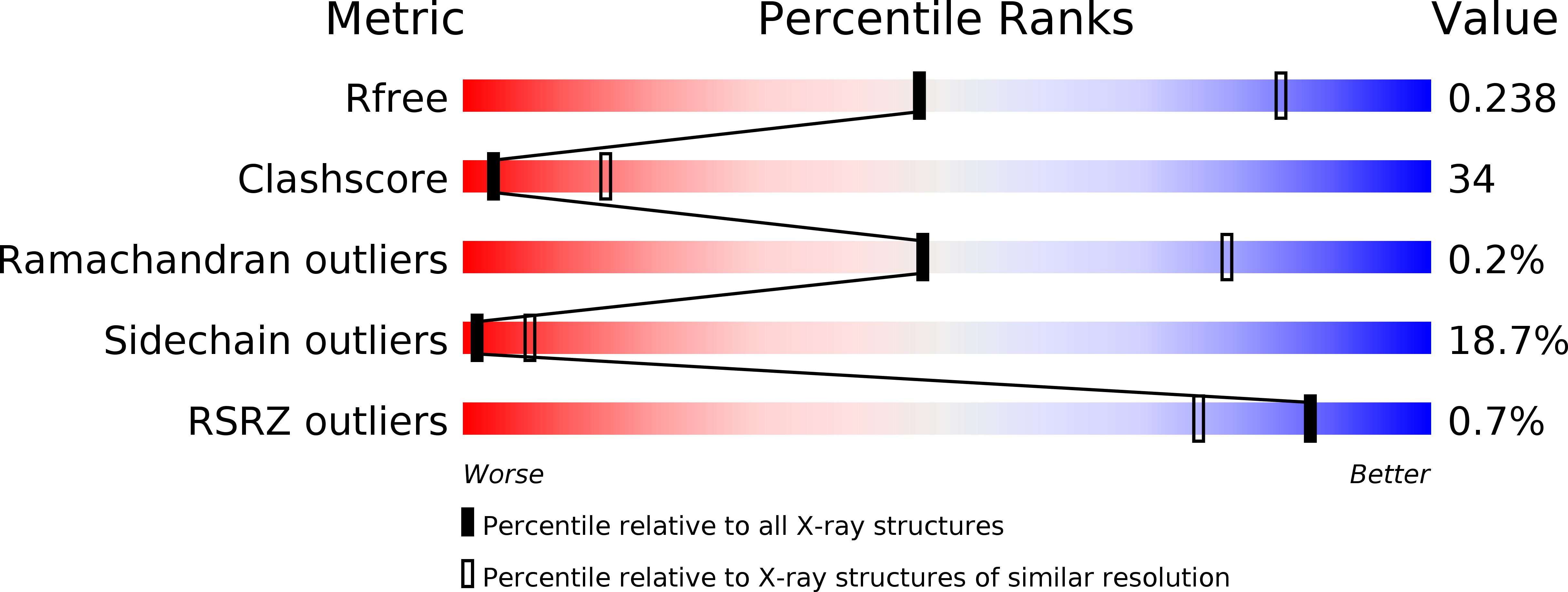
Deposition Date
2016-01-14
Release Date
2016-03-09
Last Version Date
2023-09-27
Entry Detail
PDB ID:
5HK7
Keywords:
Title:
Bacterial sodium channel pore, 2.95 Angstrom resolution
Biological Source:
Source Organism:
Alkalilimnicola ehrlichii (Taxon ID: 351052)
Host Organism:
Method Details:
Experimental Method:
Resolution:
2.95 Å
R-Value Free:
0.23
R-Value Work:
0.20
R-Value Observed:
0.20
Space Group:
I 2 2 2


